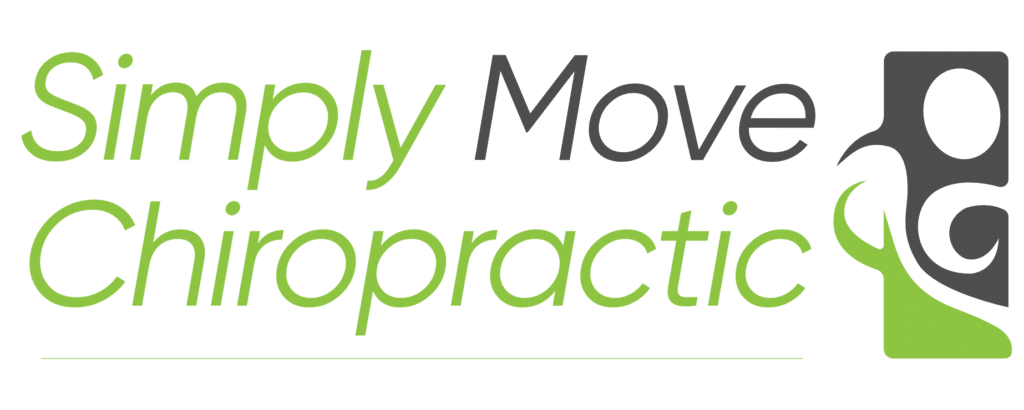TMJ Chiropractor Charlotte, NC | Effective TMJ Pain Relief with ART & Adjustments
If you’re dealing with TMJ pain and searching for relief, you’re not alone. Temporomandibular Joint Disorder (TMJ) can cause significant discomfort in the jaw, head, neck, and even shoulders. As a chiropractor here in Charlotte, NC, I specialize in treating TMJ dysfunction using a combination of techniques like Active Release Technique (ART), manual adjustments, red laser therapy, and dry needling. Together, these therapies address the root causes of your pain, not just mask the symptoms.
Causes of TMJ Pain
TMJ pain often stems from various factors, including stress, misalignment of the jaw or neck, teeth grinding (bruxism), or poor posture. When these issues are left untreated, they create tension and imbalance in the muscles surrounding the jaw. This imbalance leads to pain, restricted movement, and even clicking or popping sounds when opening or closing the mouth.
The muscles involved in TMJ dysfunction are critical to understanding how to treat it effectively. The masseter muscle, which controls jaw movement, often becomes tight in people who clench their teeth. The temporalis muscle, which helps with chewing, can also become painful and inflamed. Other muscles, such as the medial and lateral pterygoids located deep in the jaw, contribute to opening and closing the mouth, and dysfunction here can create significant discomfort. The sternocleidomastoid and trapezius muscles in the neck are also frequently involved, as TMJ issues often correlate with neck tension and misalignment.
How Active Release Technique (ART) Helps
Active Release Technique (ART) is one of the primary treatments I use for TMJ dysfunction. ART focuses on releasing muscle tightness and breaking down scar tissue that can develop over time due to poor posture, stress, or repetitive movements. When applying ART to TMJ, I target the tight, shortened muscles and fascia in the jaw, neck, and head. Through precise, hands-on manipulation, I can help lengthen these tissues, improve mobility, and reduce pain. ART is especially beneficial for muscles like the masseter and temporalis, which tend to become overactive in TMJ patients. By addressing muscle imbalances and releasing tension, ART helps bring the jaw back into alignment, alleviating the strain that contributes to TMJ pain.
The Role of Manual Adjustments
In addition to ART, manual chiropractic adjustments are essential for restoring proper alignment in the spine and jaw. Many patients with TMJ pain have misalignments in their cervical spine (neck) that contribute to poor jaw mechanics. Gentle adjustments can help to realign the cervical vertebrae, which in turn reduces stress on the jaw muscles and improves overall posture. In some cases, adjustments to the temporomandibular joint itself may also be necessary. By correcting these misalignments, I help reduce the mechanical stress that contributes to TMJ dysfunction.
How Red Laser Therapy Supports Healing
Red laser therapy, also known as low-level laser therapy (LLLT), is another tool in my treatment approach. This non-invasive therapy uses specific wavelengths of light to reduce inflammation and promote tissue healing at the cellular level. For TMJ patients, red laser therapy can decrease pain and swelling in the jaw muscles and surrounding tissues, speeding up recovery. This therapy is especially effective when used alongside ART and adjustments, as it helps optimize the healing process by reducing inflammation and promoting blood flow to the affected areas.
The Benefits of Dry Needling for TMJ
Dry needling is another highly effective treatment for TMJ pain. By inserting fine, sterile needles into trigger points within the affected muscles, dry needling helps to release muscle knots and alleviate tension. This technique targets deeper muscles like the pterygoids that are difficult to reach with manual therapy alone. Dry needling can quickly reduce jaw tightness, decrease pain, and improve the range of motion in TMJ patients. When used in combination with ART and adjustments, dry needling helps accelerate the overall healing process.
A Comprehensive Approach to Treating TMJ Pain
When treating TMJ, I take a comprehensive approach that combines ART, manual adjustments, red laser therapy, and dry needling to address both the symptoms and underlying causes of your pain. Each therapy works together to promote better alignment, release muscle tension, reduce inflammation, and improve tissue healing. If you’re experiencing TMJ pain and are ready to explore effective, non-invasive treatment options, I invite you to schedule an appointment at my Charlotte office. Together, we can develop a personalized treatment plan to help you find lasting relief from TMJ discomfort.

